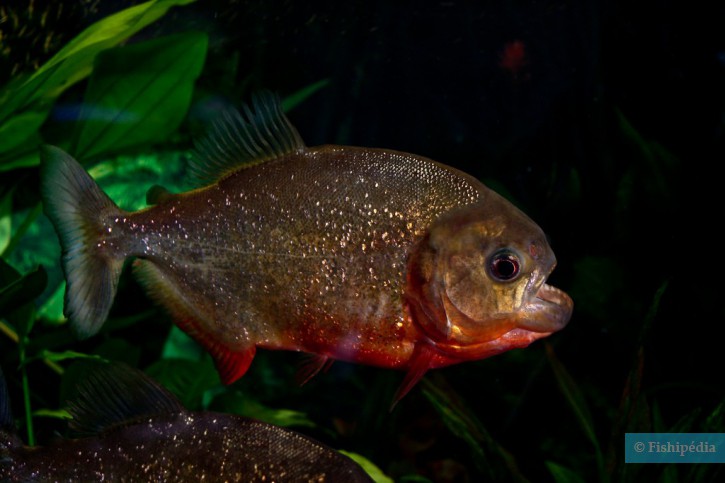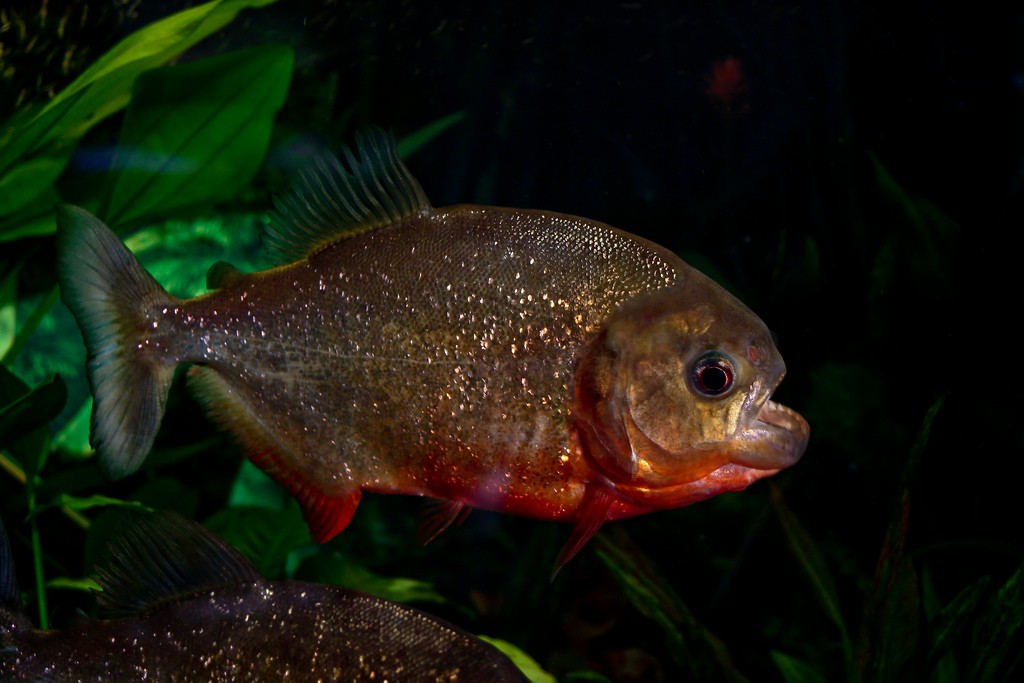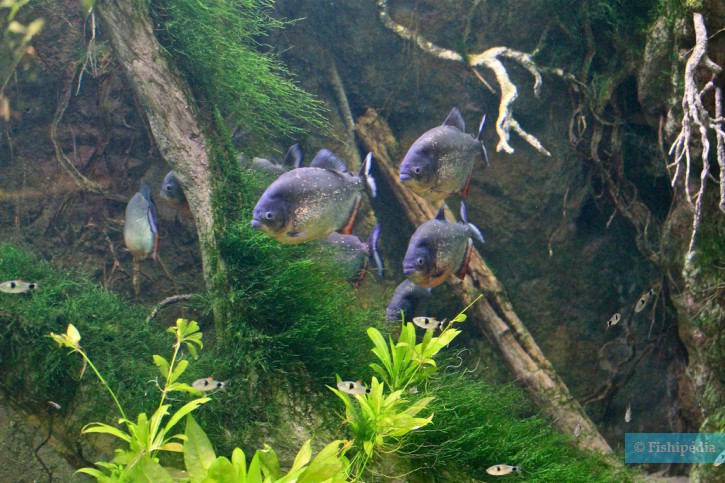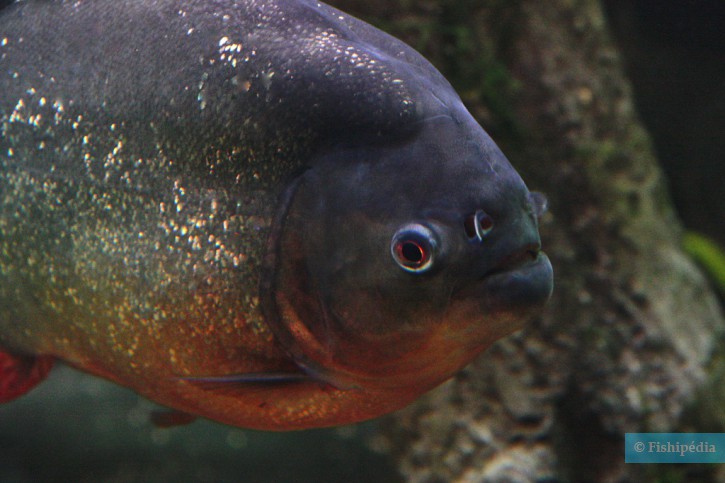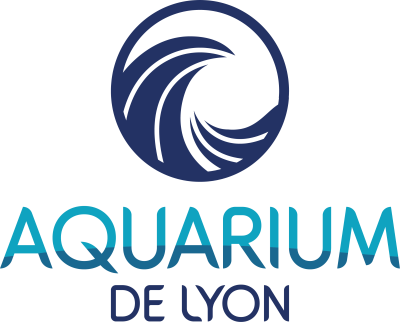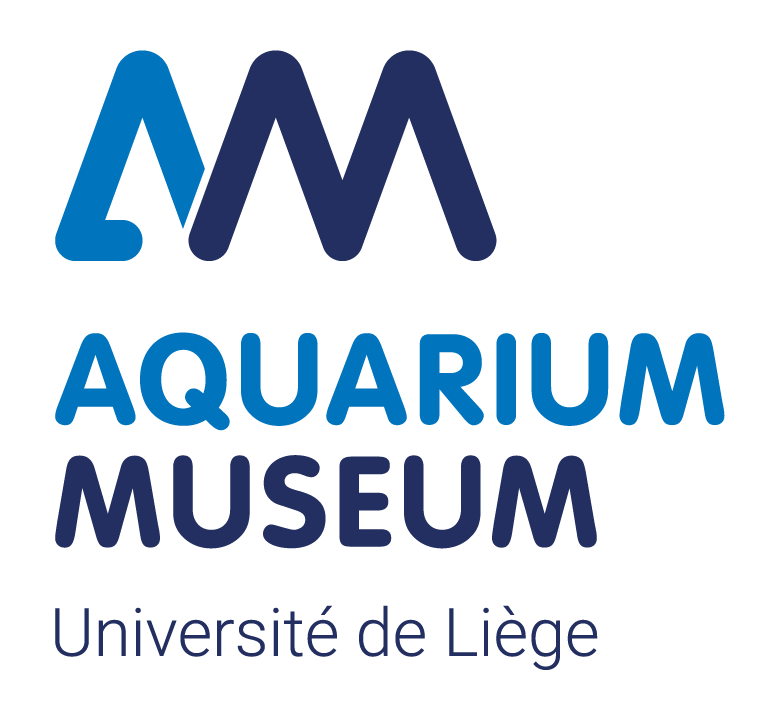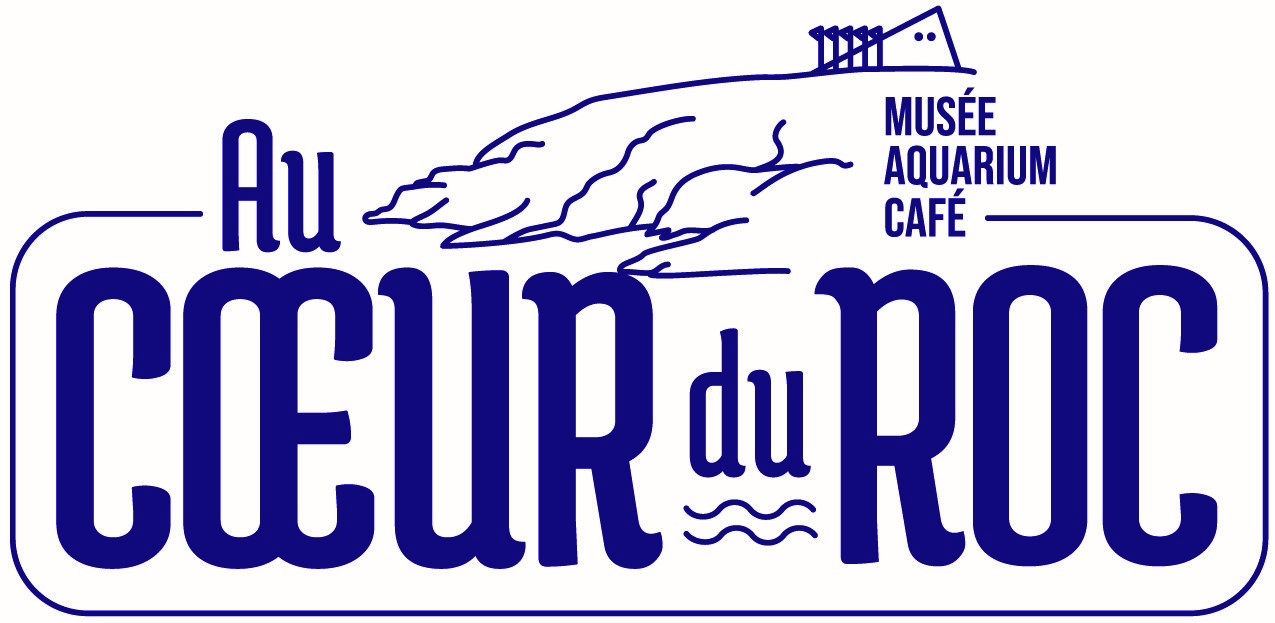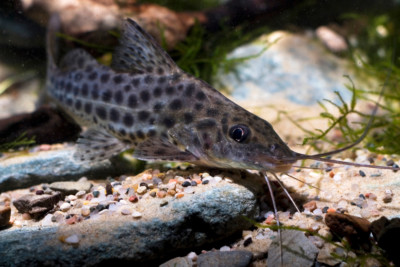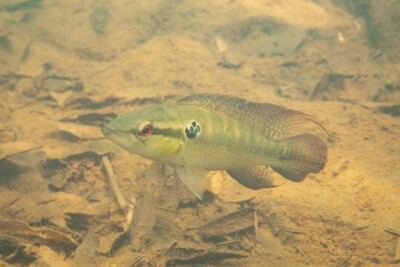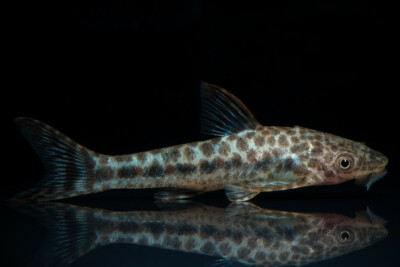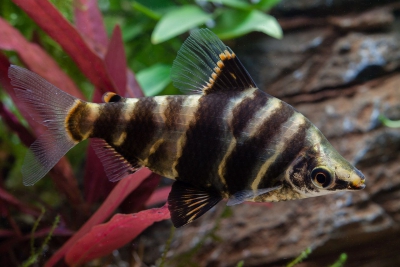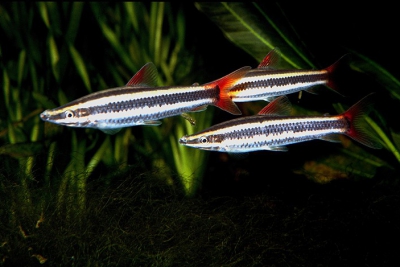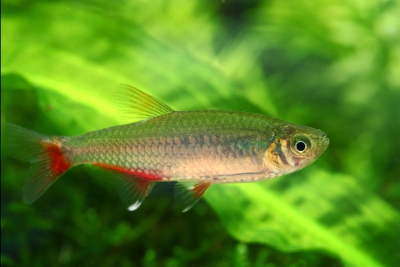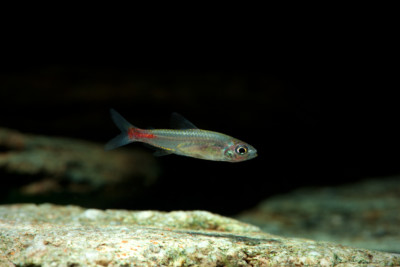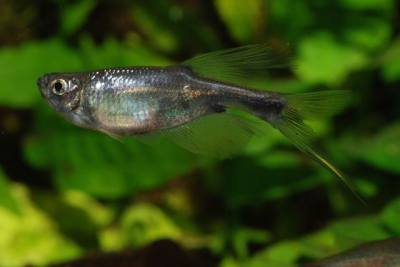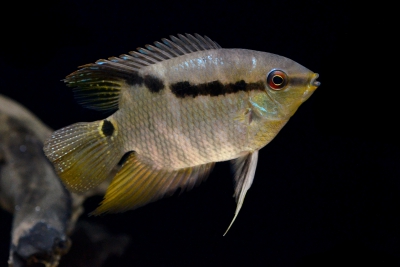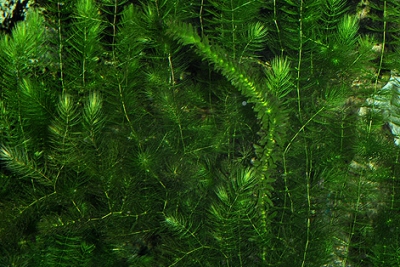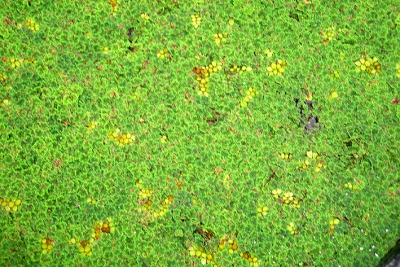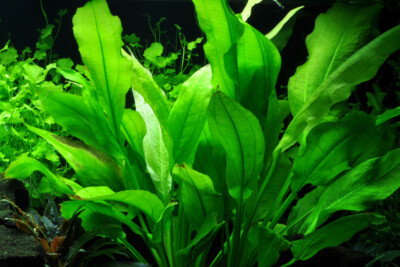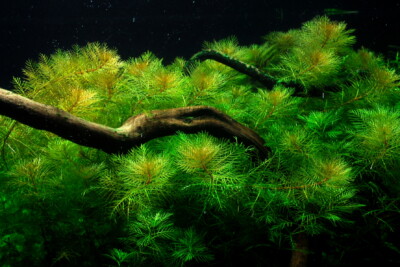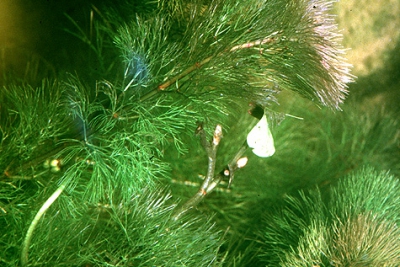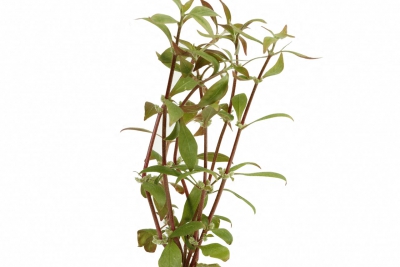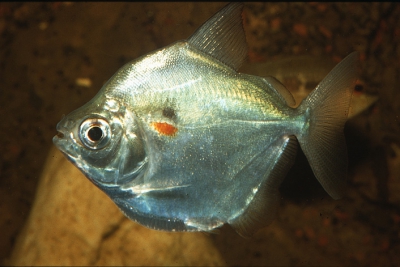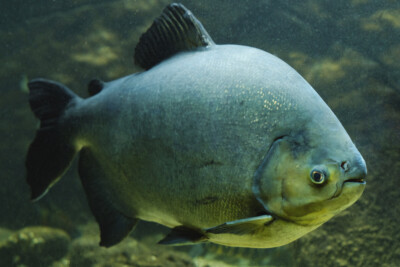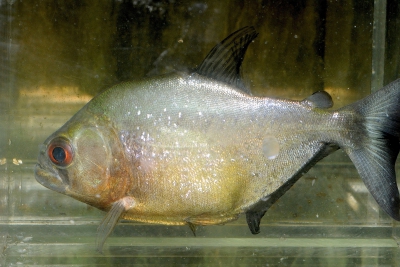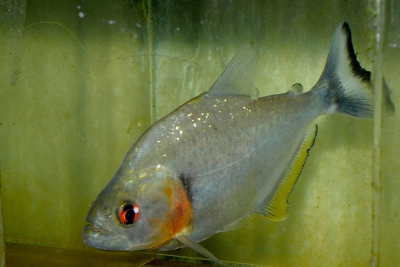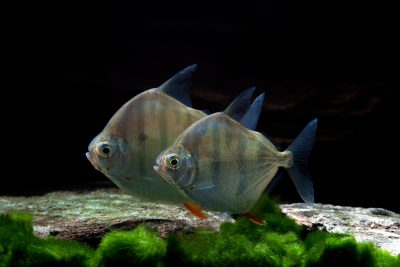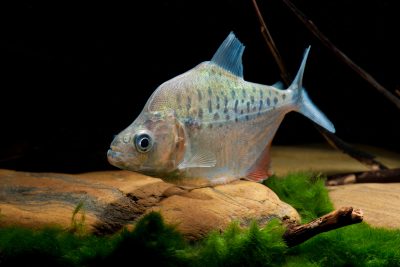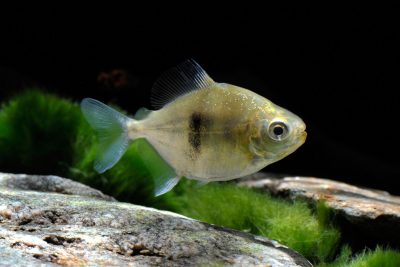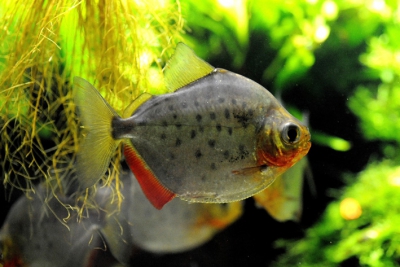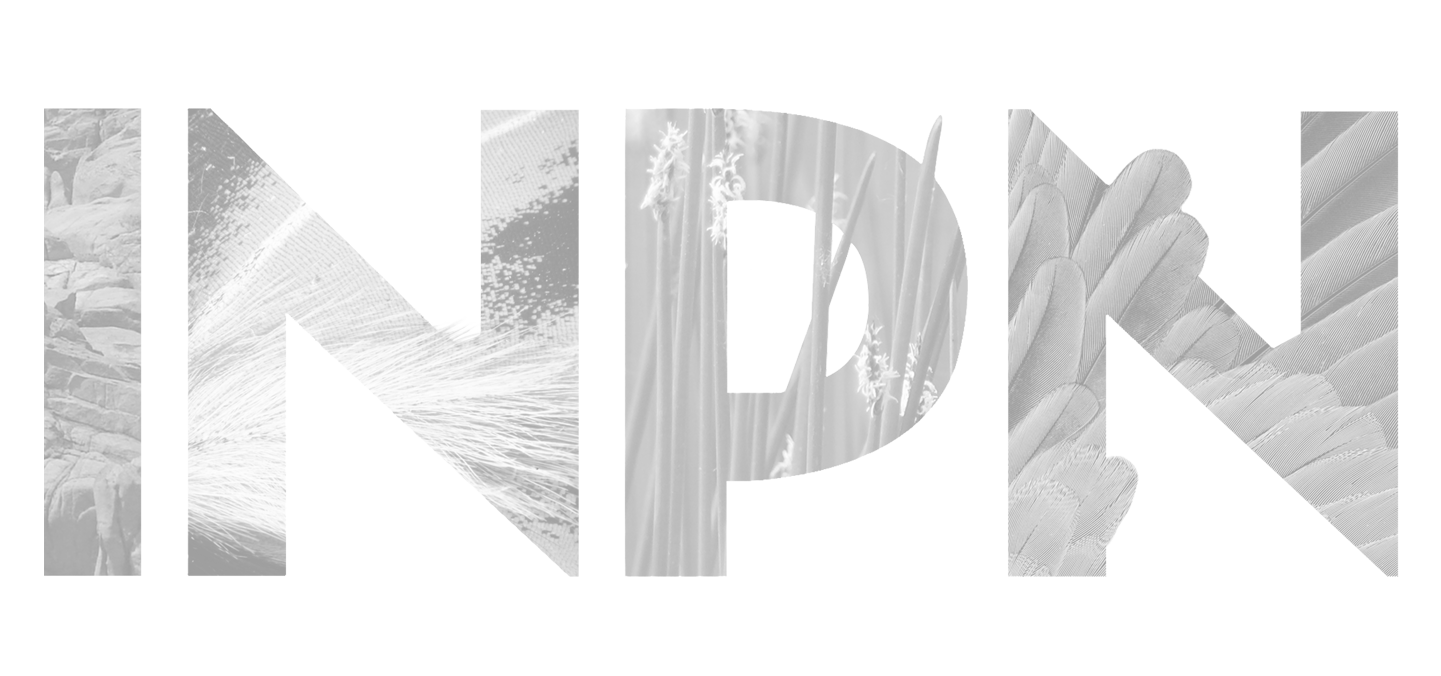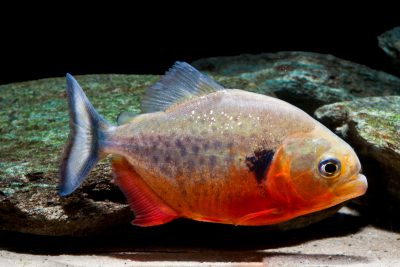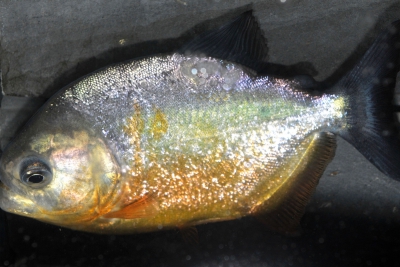Introduction
The Pygocentrus nattereri is the true species of fish commonly known as "red piranha" by the general public. It is also referred to as the "red-bellied piranha", in reference to the bright red spot on the lower flanks.
Although their danger is greatly exaggerated, red piranhas can cause impressive bites, easily severing a finger or toe, especially when caught by fishermen. The red-bellied piranha is considered one of the most dangerous and aggressive, along with the black-spot piranha, the P. palometa, and the San Francisco piranha.
This iconic species is native to the tropical and equatorial regions of South America. It is common in the Amazon basin, the Paraguay-Paranà rivers, the Essequibo basin, and the coastal rivers of northern Brazil.
Today, following various introductions via aquaculture and aquarium trade, it is spreading to other tropical areas where it appears to disrupt ecosystems. This is notably the case in southern United States, Bangladesh, and southern India.
Its presence is sporadic in many temperate countries, as this fish struggles to survive in water below 10 °C. However, a population seems to have survived in Lake Dojran in Macedonia.
Who is it?
Morphology
-
Type
-
Average size30 cm
-
Maximum size50 cm
-
Longevity10 year
-
ShapeOvoid
-
Type
-
Average size30 cm
-
Maximum size50 cm
-
Longevity10 year
-
ShapeOvoid
How to recognize This fish ?
The bodies of juveniles are silver, covered with more or less large black spots. They are easily confused with other young fish of the Serrasalmidae family.
As adults, the black spots disappear and the belly becomes red on a slightly golden body. It resembles the San Francisco piranha but the latter is larger with a golden body, not red.
Sexual dimorphism
In some populations, the males are smaller and slimmer than females.
Behaviour & Life cycle
-
dietcarnivorous
-
Sociabilitygregarious
-
territorialYes
-
Way of livingdiurnal
This species is known to emit sounds easily audible by humans.
The red piranha lives in groups of dozens of individuals, according to a well-established hierarchy. Naturally, it resides at mid-depth and close to the surface where it can catch small prey.
It is sometimes seen hunting near banks and dead trees. It is not a "big" predator but rather an opportunistic and scavenging species. In its environment, it plays the role of a "sanitary" cleaner, preferring to target weak, injured, and sick species.
Adult feeding mainly occurs at dusk and dawn. It consists of insects, worms, and fish, less often lizards or birds. Juveniles feed on invertebrates and smaller fish throughout the day. Both young and adults also feed on corpses (including humans), scales, and mollusks. A small amount of vegetation is included in their diet.
In general, they alternate between rest periods and intensive hunting. When resting, they camouflage themselves in vegetation and remain still. Studies have shown that aggressiveness increases directly with water temperature. Around 35 °C, they adopt a clear aggressive behavior and many individuals bear the scars of these phases (torn fins, bites...). Conversely, they stop hunting other fish below 10 °C, a minimum temperature that generally marks the end of their range
During the breeding season, piranhas stop feeding. They may bite to defend their nests if disturbed.
Their preferred predators are freshwater dolphins, otters, and large carnivores in their habitat. This species, abundant in its native areas, plays a central role in the distribution and feeding of other fish.
Reproduction
-
Reproductionovipare qui pond sur substrat découvert
Contrary to popular belief, piranhas, although cannibalistic, are attentive parents during the early stages of the breeding process.
The male builds a nest dug in flooded grass, gravel, plant debris, or among tree roots. Reproduction success varies from year to year depending on flood conditions. Generally, red piranhas are particularly prolific. Females lay between 5,000 and 20,000 eggs (the number varies according to sources).
The detailed reproduction process is not well-known, but observations show that it takes place during the wet season, when waters are rising and food is abundant. Groups then move to freshly flooded areas to prepare the nests. Reproduction has been recorded at around 27 °C, 35 centimeters deep. Once the males have finished the nests, females approach and courtship displays occur. Mated pairs then perform synchronized circular movements.
Eggs are laid in the nest, and they are large. Attached in clusters, they adhere to roots and grass stems. They are not attacked by the parents. According to sources, either the parents or only the male protects the nest. Around 27 °C, hatching occurs after about ten days.
Life-threatening species
-
VenomousNo
-
BiteYes
The danger to humans or livestock is evident during the dry season, when groups become isolated in a confined environment (pond, backwater, lake...) when the waters are warm and at their lowest. In these conditions, lacking food, piranhas start cannibalizing and hunting anything that comes near.
Attacks on humans in rivers and streams are rare and are generally misunderstood. It is common for corpses to be eaten by piranhas following drowning, leading to them being wrongly blamed for the death...
Origin and distribution
What is its habitat?
Natural environment characteristics
-
Temperature22 - 30 °C
-
pH (acidity)5.5 - 7
-
gh (hardness)2 - 10
-
FlowMedium and Slow
Biotope presentation
Red piranhas are found in the freshwater neo-tropical waters of South America. They are common in rivers, ponds, and slow-moving areas of large basins.
During floods, they move into flooded forests and varzea forests (seasonally flooded Amazonian forests).
Species of the same biotope
Main recommendations for fishkeeping
Deontology
In order to preserve wildlife, if you acquire this animal, it must not be released into the wild. See also, the Fishipedia charter.
Fishipedia supports the practice of responsible and environmentally friendly aquarium keeping. We encourage maintenance if it is motivated by a desire to understand the biological functioning of living things and if it is done with respect for animal life.
We believe that aquaristics is an opening to the discovery of aquatic environments, especially freshwater, and that this knowledge is necessary to better protect and respect these environments. Logically, we refute the compulsive purchase of animals that would not find a sufficient and / or adapted place in the host aquarium.
Our recommendations
-
Min volume800 liters
-
Population min8
-
Temperature22 - 30 °C
-
pH (acidity)5.5 - 7
Characteristics
-
Difficulty breedinghard
-
Robustnesstolerant
-
Behaviourmoderately aggressive
-
Availabilityoccasional
General reminders
It is strongly advised to read the complete dedicated file and to get information on the feedbacks of maintenance of the envisaged animal, this to avoid any potential conflict whose end result is generally the death of the individual (or the other inhabitants). It is important not to overload your aquarium to limit pollution. This will make maintenance easier.
In nature, animals are subject to weather conditions and live in waters with variable characteristics. The recommendations offered by our team for aquarium maintenance are a guidance and cannot be assimilated to scientific datas.
General reminder on maintenance datas
Le démarrage d'un aquarium est une partie primordiale pour l'équilibre et le bien-être des poissons. Lorsque l'on met en eau un aquarium, l'eau passe naturellement par un cycle biologique : le cycle de l'azote. Celui-ci dure environ trois semaines. Tous les 2 jours, nous vous conseillons de tester votre eau jusqu'à ce que le taux de nitrite soit à zéro pendant plusieurs jours d'affilée.
Pour accélérer ce cycle, vous pouvez utiliser un activateur de bactéries comme JBL Denitrol. Cette solution riche en bactéries vivantes et enzymes permet une mise en place rapide du cycle de l'azote. Les poissons peuvent alors être introduits plus rapidement.
Il est important de tester l'eau de son aquarium régulièrement pour maintenir un environnement sain pour les poissons et les autres habitants. Les tests d'eau permettent de mesurer les niveaux de différents paramètres tels que le pH, la dureté totale, ainsi que les taux de nitrates, de nitrites et d'ammoniaque.
Pour réaliser ces tests, vous pouvez utiliser des produits d'analyse spécialisés tels que JBL ProScan qui permet de réaliser un diagnostic de l'eau directement via un smartphone. Il existe également des coffrets de tests plus classiques de bandelettes, comme JBL PROAQUATEST.
En cas d’usage de l’eau du robinet, vous pouvez utiliser un conditionneur d’eau de type Biotopol de JBL pour éliminer les substances nocives comme le chlore, le cuivre, le plomb et le zinc. Une eau trop dure ou trop calcaire peut être inadaptée à de nombreuses espèces tropicales d’eau douce. Si nécessaire, vous pouvez la couper avec de l’eau osmosée ou de pluie filtrée afin d’obtenir une dureté plus adaptée aux besoins de vos poissons et de vos plantes. Les conditionneurs d'eau garantissent une meilleure santé aux poissons et une meilleure croissance des plantes.
Chlorine and chloramine are dangerous for the health of animals. Used to disinfect water, these agents are present in significant quantities in tap water. We recommend using an anti-chlorine agent every time you change the water. In addition to chlorine, treatments and medicines sold for aquarium use sometimes contain dangerous heavy metals in high doses.
Specific needs for the red piranha
The red piranha is a species which lives naturally at a temperature between 22 °C and 30 °C. Nitrate levels should remain below 50mg/L. To keep the water clean and unpolluted, plan on changing 20% to 30% of the water volume each month.
The red piranha is a species whose maintenance is rather reserved for informed aquarists . It can only be successfully carried out by carrying out a minimum of documentation work. Special husbandry conditions can easily lead to the death of the species or other animals.
This species is generally available in specialized shops or from aquarium clubs. Specimens that have been bred for a long time are easier to breed, but special water parameters must be respected.
Cohabitation & Environment
The red piranha is a fish which it is advisable to maintain in specific aquarium. Associating it with other species is not fundamentally impossible but a documentation work is necessary for the constitution of the population. Being a gregarious fish, it is advisable to install at least 8 individuals in an aquarium of 800 liters minimum. Group maintenance is a prerequisite to ensure their well-being. Lonely individuals tend to quickly become stressed and become especially susceptible to disease.
Tips for feeding
The red piranha is carnivorous.
This species can eat dry food (flakes, pellets), fresh food and frozen food. To avoid deficiencies, it is recommended to vary the types of food.
Feed animals in moderation to maintain good water quality. Meals should be eaten within 2–3 minutes, served in several small portions rather than a single large ration.
Uneaten food quickly decomposes, releasing ammonia, nitrites, and nitrates, which disturb the aquarium’s biological balance.
Make sure each species can access food properly, slower or bottom-dwelling individuals may require targeted feeding.Food recommendations from our partner JBL - Products PRONOVO
-
Granules
-
Flakes
Reproduction protocol
-
Maintenance difficultyhard
-
Spawning cleaningFemale & Male
-
egg-laying protectionFemale & Male
-
Fry protection
Reproduction of this species in an aquarium is considered hard. Ideally, it takes place at a temperature of around 25 ° C for a pH of 6.5 .
Hybridization risks
In general, it is advised not to mix several species of the same genus or different varieties of the same species, to avoid the risks of hybridization.
These animals might interest you
These plants might interest you
Plants play a crucial role in aquariums, both for their ability to filter water by absorbing excess nutrients and for their aesthetic contribution. They provide fish with natural hiding places, can serve as breeding sites, and generally help maintain the overall balance and optimal conditions of the aquarium. The selection presented here includes species from the same regions as the species described on this page, although they do not necessarily come from its exact natural biotope.
To go further
Sources & Contributions
Participation & Validation
The Fishipedia team and specialist contributors are committed to providing high-quality content. However, although the information comes from scientific sources or testimonials from specialists, the cards may contain inaccuracies.

Robert Allgayer

Benoit Chartrer
Translation
Translation done with the valuable contribution of our translators, who make this information available to a wider audience. We sincerely thank them for their commitment.
In collaboration with : Fédération Française Aquariophilie
Bibliographic references
- - GBIF
- - Breeding behaviour of the red-bellied piranha,Pygocentrus nattereri, in nature - Massao Uetanabaro - Tobias Wang - Augusto S. Abe - Environmental Biology of Fishes - 1993.
- - Environment‐related life‐history trait variations of the red‐bellied piranha Pygocentrus nattereri in two river basins of the Bolivian Amazon - F. Duponchelle - F. Lino - N. Hubert - J. Panfili - J.‐F. Renno - E. Baras - J. P. Torrico - R. Dugue - J. Nuñez - journal of fish biology - 2007.
- - Sound production in red-bellied piranhas : an acoustical, behavioural and morphofunctional study - Sandie Millot - Pierre Vandewalle - Eric Parmentier - Journal of Experimental Biology - 2011.
- - Red-bellied Piranha Pygocentrus nattereri Kner, 1858 (Characiformes: Serrasalmidae) in open waters in R. Macedonia - Kostov Vasil - Ristovska Milica - Julijana Arsovska - Jordanova Maja - Prelik Dana - - 2016.
- - Red Piranha (Pygocentrus nattereri) : Ecological Risk Screening Summary - U.S. Fish and Wildlife Service - 2018.
Scientific partners
Tags
Species of the same family
Same genus
Species of the same biotope
